 Puppy Eyes by lecates
Puppy Eyes by lecates
Many of us have wanted one of these perfect creatures at some point in our lives. Lucky souls have already got at least one loyal pet friend. But there are still many dog admirers who remain undecided. One of the most common reasons for their hesitation is that they live in a condominium. Some people even believe that a dog cannot be raised in a condo. If you belong among the indecisive group, this article could hold a few clues to a successful choice.
Before You Buy a Dog
Check with your landlord
Be sure that you ask your apartment manager, landlord, or rental office for permission before buying or adopting a dog. Some apartments do not allow dogs at all because of property damages. Some will charge a “pet rent.” It’s possible you could be charged $30 a month for your pet in addition to the security and cleaning deposits that will be required.
Restrictions
Some apartments, especially in cities, will not approve certain breeds, especially the more allegedly aggressive or protective ones. These often include, Rottweilers, Doberman Pinschers, Pit Bulls, German Shepherds, and Boxers. Most establishments will have a complete list on the premises. If the apartment only allows small dogs and you own, for instance, a Golden Retriever, ask for an allowance and then make sure it’s written into the lease and initialled by you and the landlord. Negotiating might not always work, though. You should also pay attention to the size and weight restrictions, policies about barking, and the number of pets you’re permitted to own.
If you want to convince your prospective landlord, the best thing you can do is to bring your dog for a demonstration. Don’t forget vet records proving that your pet is in good health and is up to date on all vaccinations. Be willing to confirm on paper that you’ll keep your dog on a leash and muzzled, and that you’ll dispose of his droppings.
When you finally are accommodated, I advise you to abide by the ten commandments for condo and apartment dog owners.
The Right Dog for a Condo Life
Now it’s time to choose your dog! Together we will go through the 20 most popular breeds of 2011 according to the American Kennel Club. If one of these apartment dog breeds sparks your interest, it’s necessary first to really examine the breed’s personality and needs. The secret of a stable and happy dog lies in providing enough exercise. Dogs are animals that retain the instinct to migrate. Therefore, even the owners of small breeds should take their darlings out for regular walks. High-energy dogs should be taken out for long walks, bike rides, or jogs.
 Golden Valentine Brothers by Andrew Morrell
Golden Valentine Brothers by Andrew Morrell
Types of dogs that cannot live in an apartment:
- aggressive guard dogs
- extremely high-energy dogs
- dogs that bark too often
Working, herding, and sporting dog breed groups are generally not recommended for apartments. Many mixed breed and hybrid dogs make outstanding apartment dogs. In addition to their longer and healthier lives, they seem to bark less.
Twenty Most Popular Breeds
Bichon Havanese
Weight: 7-13 pounds
Height: 8”-12”
Life Span: 12-15 years
Shedding: No
 The Havanese by Wikimedia Commons
The Havanese by Wikimedia Commons
This dog is kid-tolerant. However, the breed is too fragile for younger children; perfect for seniors.
This tiny wonder is a friend to just about everyone. He gets along well with kids, other dogs, pets, and strangers. The Havanese is happiest when he is the centre of attention. He is a little show-off who likes to play and act silly. He gives plenty of affection in return. This breed has even been used for therapy work. Since the dog is keen on learning anything new, it’s easy to train him — though he tends to bark a lot. Use clicker training for exceptional training sessions. Try to encourage their effort through positive reinforcement. These dogs love water and swimming.
Small dogs like the Havanese tend to develop small dog syndrome which results in the need to dominate the house and everyone in it. Therefore, they must be heavily socialized starting very early. They need an owner and family that knows how to exert a firm but kind “pack leader” dominance role over them.
Boston Terrier
Weight: 12-25 pounds
Height: 15”-17”
Lifespan: 10-14 years
Shedding: Some
 Boston Terrier by Wikimedia Commons
Boston Terrier by Wikimedia Commons
Suitable for children and the elderly.
The Boston Terrier is one of the few truly American breeds. The breed can be easily recognized for their black and white coloration and characteristic appearance. Their small size and neatness make them a good breed for apartments. Intelligent and enthusiastic, these small clowns are easily house trained. After brief periods of activity, the Boston loves to curl up on the couch while you read a good book. They are gentle, obedient dogs who seldom fight. Nevertheless, they are protective and very loyal to their family. The Boston is also a good watch dog.
Boxer
Weight: 65-80 pounds
Height: 21”-25”
Lifespan: 9-11 years
Shedding: Yes
 Boxer by Wikimedia Commons
Boxer by Wikimedia Commons
They tolerate kids nicely. The Boxer will be a comforting friend for seniors who are able to get out and walk and drive a car.
As a medium-sized dog, the Boxer is one of the largest breeds that can do well in an apartment. Friendly and outgoing, she is the ultimate people dog. She lives life to the fullest. She can become so cheerful that her whole pelvis moves when she waggles his tail. With these traits, Boxers can be labelled as canine slapstick performers. They are also very intelligent but can be boisterous. For that reason, proper obedience training is a must. Luckily for you, the breed enjoys training and learns quite easily. The Boxer is wary of strangers but curious, and she will act boldly if threatened. Thanks to her fearless disposition, she is a great guard dog as well as guide dog. This dog is friendly and faithful to her family. Her temperament is basically playful, yet she is patient and stoic with children. She is tolerant of their antics and loves to play. Two walks per day and maybe a little “fetch” time will keep your boxer happy and healthy. She loves to go jogging!
Cavalier King Charles Spaniel
Weight: 13-18 pounds
Height: 12”-13”
Lifespan: 9-14 years
Shedding: Slight
 King Charles Spaniels by Wikimedia Commons
King Charles Spaniels by Wikimedia Commons
This breed does not have a lot of patience for very young kids and their antics; perfect for seniors.
The Cavalier is one of the best apartment dogs and the most loveable of the toy breeds. He is sweet, gentle, quiet, exceptionally affectionate, and gets along with everyone — from other dogs to strangers and older children. This is a perfect family pet: always ready to please, intelligent, and easy to train. This dog will respond extremely well to clicker training. A walk on a leash twice a day is sufficient for the Cavalier. When outdoors, the “spaniel” in him suddenly emerges and the dog wants to roam and sniff. Just like all the other toy breeds, the Cavaliers can develop small dog syndrome when not socialized too young and trained correctly.
Chihuahua
Weight: 2-6 pounds
Height: 5”-9”
Lifespan: 15-18 years
Shedding: Some
 Chihuahua by Wikimedia Commons
Chihuahua by Wikimedia Commons
They are very fragile and not always tolerant of children’s antics, noise, poking, and pushing; excellent for the elderly.
The Chihuahua supposedly has its origins in Mexico. Treated as a sacred dog that helps transition to the afterlife, the Chihuahua has always been a significant part of the family. Weighing a few pounds, this dog copes well in even the smallest of condos. What the Chihuahua lacks in size she makes up for in temperament. She is devoted and protective, rather easy to train and look after. The breed can also be paper-trained, which means the dog does not have to leave the house. The breed tends to be a little jealous when their owners pay attention to other people. Sometimes this jealousy can create problems since the breed can also be aggressive towards other dogs, especially the larger ones. For that reason, Chihuahuas need to be socialized early in life to prevent bad manners.
Dachshund
Weight: 16-32 pounds
Height: 8”-9”
Lifespan: 15-18 years
Shedding: Yes, smooth and wire-haired subtypes shed quite a lot; long-haired versions shed some fur.
 Dachshund puppies by Wikimedia Commons
Dachshund puppies by Wikimedia Commons
Suitable for older kids in her own family but may snap at strange kids; good choice for an active senior as well but do consider Dachshund’s longevity!
With their short legs and long bodies, the Dachshund can live happily in an apartment. Playful, outgoing, and stubborn, the Doxie is a member of the hound breeds. The breed is curious, persistent, and loves to participate in family activities. Your Dachshund may possess seemingly limitless amounts of energy, thus keeping you active and well entertained. They enjoy a good walk or run in the park, or even the thrill of a wiener race from time to time, but the Dachshund is also content with a soft, warm bed. He is intelligent and willing to learn; however, he may be strong-willed. This trait may make training difficult, but nonetheless amusing. Very alert and vocalizing readily when strangers approach, the breed can also be a good watchdog.
English Bulldog
 English Bulldog by Wikimedia Commons
English Bulldog by Wikimedia Commons
Weight: 40-50 pounds
Height: 12”-14”
Lifespan: 8-10 years
Shedding: Sheds some.
Great family pet; ideal for the elderly.
Deeply rooted in British heritage, the English Bulldog is a stubborn yet relatively submissive breed that has been gaining popularity since the late 1800s. Although originally bred for savagery and bravery, the Bulldog is today a loyal and sweet member of the non-sporting dogs. Once you get used to their snorting, the Bulldog will prove to be a beloved family pet. Not fond of excessive exercise, they need to check out the grass twice daily and prefer to spend their time lounging around the house. The breed will alert their owners to the presence of strangers by barking and growling but tend not to attack. Their grand figure is usually enough to repel villains. As they are quite stubborn and slow to follow instructions, training the Bulldog can be tough
English Cocker Spaniel
Weight: 26-36 pounds
Height: 15”-17”
Lifespan: 12-14 years
Shedding: A little.
 English Cocker Spaniel by Wikimedia Commons
English Cocker Spaniel by Wikimedia Commons
Cockers generally tolerate only older kids. They are good with active seniors.
The popular Cocker Spaniel with his curly fur and sad look is a wise choice for apartment life. Overall, he is a joyful dog that is willing to please. The Cocker is an energetic dog that needs much exercise. If not allowed to be active, behavioural problems develop. The breed has natural protective instincts that make him a good watchdog. Cocker Spaniels have an inherent hunger for hunting and they make proficient gun dogs. In addition to hunting training, they are easily trained in obedience. Even though Cockers are land animals, they can adapt to water.
English Springer Spaniel
 English Springer Spaniel by Wikimedia Commons
English Springer Spaniel by Wikimedia Commons
Weight: 40-50 pounds
Height: 18”-21”
Lifespan: 10-14 years
Shedding: Light.
Great with older kids, especially those who run a lot outdoors. If his elderly owner can walk enough to satisfy the dog’s needs, these two are a good match.
The Springer Spaniel can be as affectionate and playful as her bigger cousin, the English Setter. However, she must receive adequate exercise first. This dog does well in an apartment as long as she gets out for plenty of vigorous exercise to exhaust her. This dog is cheerful and does everything with gusto. With the right approach, the breed is remarkably kind, gentle, polite, and a genuine companion for the family. Intelligent and ready to learn, especially hunting skills, the typical Springer Spaniel is an ideal dog for first-time owners. Use clicker training and positive reinforcement to achieve the best results.
Maltese
Weight: 4-6 pounds
Height: 9”-10”
Lifespan: 14-16 years
Shedding: If the hair coat is kept groomed, shedding is minimal.
> Maltese Puppy by Wikimedia Commons
Maltese Puppy by Wikimedia Commons
This dog is not for kids, but an excellent choice for seniors.
Weighing around five pounds, the Maltese certainly is a legitimate member of the apartment dogs group. As the most dramatic member of the toy breed group, the Maltese was cherished by Queen Elizabeth I. One of the reasons for his popularity with the queen may have been his long, snow-white, streaming coat. This breed of royalty also want to be treated like princes. He is a quintessential pet: somewhat affectionate and an absolute lap dog. Despite his gentle looks, this pup can be a feisty character. When showing his wild side, the Maltese loves to romp and play. They can be reserved with strangers — some Maltese even bark a lot when dealing with the unfamiliar. If you happen to get a Maltese with a separation anxiety problem, he will challenge just about everything. Other than standard obedience, he does not really need further training. Training this breed takes longer than usual, yet he’ll catch on in time if you are patient. Use clicker training for excellent results.
Papillon
Weight: 4-9 pounds
Height: 8”-11”
Lifespan: 12-15 years
Shedding: Not much.
 Papillon by Wikimedia Commons
Papillon by Wikimedia Commons
Their fragile structure makes them ill suited for living with small children. Yet they like the company of children, especially if they grow up with them. Papillons are ideal for the elderly.
One of the most obedient and responsive of the toy breeds, the vivacious “butterfly dog” is a small, fuzzy ball of fun! She is gentle and loves to play, romp, and walk. Having low exercise needs, Papillons can be entertained indoors and given a walk each day. Possibly the most affectionate of all the toy breeds, they are friendly toward strangers, dogs, and most pets. Some can be timid. These critters are really easy to train. The most effective way for this little dog is the clicker training and positive reinforcement method. Pick up a clicker for around $3.00 at a pet store and get started. This breed makes for a near perfect apartment dog.
Pomeranian
Weight: 3-7 pounds
Height: 8”-11”
Lifespan: 12-15 years
Shedding: Yes.
 Pomeranian Puppy by Wikimedia Commons
Pomeranian Puppy by Wikimedia Commons
Older children are fine to be around these dogs, say, seven years and up. Just like the rest of the toy breeds, the Pomeranians are born to keep seniors company.
Throughout history, the Pomeranian has been a wonderful companion for royalty. This mini fluff ball looks almost like a little fox. With a happy nature that thrives on human companionship, it is an admirable breed. The Pom is ideal for an apartment because he requires little space. If you are looking for a spunky little dog with a big personality, look no further. He needs lots of activity to keep him out of trouble. The breed can get along well with other dogs but having more than one Pomeranian means a noisy house. He is a clever dog that can be taught various tricks.
Poodle (Miniature and Toy)
Weight: 16-20 pounds (Miniature); 4-8 pounds (Toy)
Height: 11”-15” (Miniature); up to 10” (Toy)
Lifespan: 15-18 years
Shedding: No
 Poodle by Wikimedia Commons
Poodle by Wikimedia Commons
The Miniature Poodle is highly affectionate with children. However, the Toy Poodle can snap at them. Both types are superb companions for seniors. Watch out for their longevity, though!
Poodles are widely associated with France. For centuries, they have been a symbol of grace and extravagance. Available in three different sizes and various colours, there is a Poodle to everyone’s taste. The Miniature and Toy Poodle are among the most popular canine apartment dwellers. The Poodle is a pleasant dog that craves constant human company. She hates solitude and prefers being with people rather than with other dogs. The breed also does not like to be ignored and treated as “just a dog.” They are considered by many to be the most intelligent of all breeds. As intelligence is their hallmark, they learn quickly and readily. However, some of them tend to enjoy doing tricks instead of learning commands. In addition to being excellent water dogs, Poodles also do well as family protectors and companions. This breed is well known for being low-shed. What more could you wish for?
Pug
Weight: 14-20 pounds
Height: 9”-11”
Lifespan: 12-16 years
Shedding: Sheds heavily.
 Pugs by Wikimedia Commons
Pugs by Wikimedia Commons
Though Pugs consider children as their siblings, children must be mature enough to understand that Pugs do not like to be disturbed when they are eating or sleeping. The elderly will love them!
Would you guess that this oriental breed served as guard dogs in ancient Chinese temples? Hardly ever hostile, the Pug is a charming, good-tempered dog and a clown at heart. In their compact bodies, Pugs harbour unlimited enthusiasm and tremendous amounts of love. Their main reason for living is to stay with the family and to satisfy their owners. They want to be everyone’s best friend but they will get upset when left out of joint activities. Since the Pug is intelligent and clever, sometimes even mischievous, he’s easy to train using standard obedience commands. Small with a short-hair coat, this breed does not need special care as long as he is taken for brief walks. Pugs are great watch dogs, yet they will gladly curl up on your lap and sleep the day away.
Schnauzer (Standard and Miniature)
Weight: 30-36 pounds (Standard); 13-15 pounds (Miniature)
Height: 17”-19” (Standard); 12”-14” (Miniature)
Lifespan: 13-16 years (Standard); 12-15 years (Miniature)
Shedding: This breed usually requires regular grooming but sheds only little to no hair.
 Miniature Schnauzer by Wikimedia Commons
Miniature Schnauzer by Wikimedia Commons
The Schnauzer is quite tolerant of children and does well with active seniors.
With their grandfatherly appearance, this breed is easily distinguishable. The Schnauzer is deemed by many as the perfect family pet. She is a tough companion as well as protector. All Schnauzers are quite intelligent and reliable watchdogs. They readily alert members of the household to any potential danger. Unfortunately, their watchful temperament can lead to persistent barking. To avoid disturbing the neighbours, you should curb excessive barking through training. Schnauzers tend to be independent minded, so early training and daily exercise is inevitable. However, they do not put up with severe training or reproach. Otherwise they are easy to train. Schnauzers have a high prey drive (typical for a ratting dog), which means they may attack other small pets such as birds, snakes, and rodents. With proper leadership, they can get along with cats and other dogs. Socialize this breed well, especially the Miniature version. Concerning the Mini Schnauzers, these are less domineering than the larger Schnauzers. Since the dogs are extremely playful, they can become bored easily and create their own ways of fun. They will not listen if they feel they are more self-assertive than their master. Therefore, owners need to possess a natural air of authority. Although small, this breed does not have a sharp, shrill bark, but rather sounds like a low howl. She’s an easy dog to travel with.
Shetland Sheepdog
Weight: 18-20 pounds
Height: 13”-16”
Life Span: 12-14 years
Shedding: Some shedding but light.
 Shanti shetland sheepdog by Wikimedia Commons
Shanti shetland sheepdog by Wikimedia Commons
Shetland Sheepdogs tolerate older kids pretty well. The dog needs too much exercise to be kept by a senior.
The “Sheltie” is smart, friendly, sensitive, and extremely willing to please. This combination makes for a dog that is disciplined, quick to learn, and very loyal to its family. He is a great watchdog with plenty of energy in his subtle frame. Give this dog good daily walks or short jogging and some lively game time and he’ll make a fine apartment dog. Don’t be surprised when you find your Sheltie resting on your lap, though. The dog can be reserved and often timid toward strangers. Keep in mind that this breed generally barks a lot. If you want to train your Sheltie, you will achieve excellent results with clicker training and the dog will like the technique too.
Shih-Tzu
Weight: 9-16 pounds
Height: 8”-11”
Lifespan: 14-16 years
Shedding: No.
 Shih Tzu by Wikimedia Commons
Shih Tzu by Wikimedia Commons
Children over six years are okay as long as the kids understand how to treat smaller dog breeds. This breed is one of seniors’ absolute favourites!
Lively and spunky, the Shih-Tzu is packed with character. She is before anything else an affectionate, trusting companion and lap dog that loves to play. He needs little exercise beyond a brief walk. This devoted dog makes friends quickly and is generally good with other pets too. He will sometimes bark at the ringing doorbell or postman and can alert his owners to fire. As Shih-Tzus have mind of their own, the training process can be draining. Your little pup will respond well if you stay patient and repeat commands over and over. The Shih-Tzus need all of the apartment dwellers to set consistently clear rules. Otherwise, they can simply become furious and noisy.
Welsh Corgi
Weight: 25-30 pounds
Height: 10”-13”
Lifespan: 12-15 years
Shedding: The coat is shed twice a year.
 Welsh Corgi by Wikimedia Commons
Welsh Corgi by Wikimedia Commons
Corgis are devoted and protective — especially around children. However, only older kids who are over 6 or 7 years old can stay around them. As Corgis need to move a lot, they are not a sensible option for the elderly.
Two breeds have the name Welsh Corgi — the Cardigan Welsh Corgi and the Pembroke Welsh Corgi. At first sight, you may get the notion that the only difference is the presence or absence of a tail. On closer inspection, you’ll find more differences. These are two totally separate breeds coming from different origins and ancestors. The Cardigan is still used to herd livestock. The Pembroke acts as a regular house pet with the exception of Great Britain, where locals adore the breed so much that it has become the Royal Dog of England. Both Corgis are intelligent and faithful dogs that shine at obedience training. Having fewer herding instincts, the Pembroke is also more tolerant and fun-loving. Their possessive streak can result in aggressive tendencies in certain dogs. This stocky breed needs periodic exercise but does not demand a large living space. As working dogs, Corgis are content to do a meaningful job.
West Highland White Terrier
Weight: 15-21 pounds
Height: 10”-11”
Life Span: 12-14 years
Shedding: Some
 West Highland White Terrier by Wikimedia Commons
West Highland White Terrier by Wikimedia Commons
They are excellent for older children above the age of ten or children with whom they’ve been raised. Elderly people who can take the dog for a walk and would welcome a joyful time with their beloved pet will find an affectionate friend.
The adorable little Westie comes from Scotland. Perfectly proportioned for an apartment, he is a popular dog, especially with families and kids. This loyal companion likes people and most other dogs. He is typically a clever, polite dog with good manners. His barking will protect you from intruders and he will shower you with kisses until you go for a towel. Westies love nothing better than to play active games with their human counterparts. They are often considered the eternal puppies. Even though they may have a fun-loving attribute, Westies can be calm, confident, and determined. This sweet doggie will go jogging with you or fetch a ball in the dog park. He needs some grooming to keep his coat smooth and without tangles. The Westie is successful in obedience and agility as well as hunting and chasing.
Yorkshire Terrier
Weight: 7 pounds
Height: 6”-7”
Lifespan: 12-15 years
Shedding: This breed sheds little to no hair.
 Yorkshire Terrier by Wikimedia Commons
Yorkshire Terrier by Wikimedia Commons
Most breeders won’t sell puppies to people whose children are younger than 5 or 6 years old. Besides that, children’s play with the dog should always be supervised. Seniors would score a bullseye!
The Yorkshire Terrier, well known for his sateen-like flowing locks, is a tiny but tough breed. Originally used to hunt rats, Yorkshire Terriers are very alert to strangers and can readily warn their family. Oddly enough, females are usually better watchdogs than males. Male Yorkies tend to let the females do all the work. Yorkies obligingly share their homes and families with other dog breeds. They are primarily indoor dogs, happy to spend their days lolling on the couch, but since they are Terriers at heart, they can live a hard outdoor life. The Yorkshire Terrier can be easily trained in basic obedience. These peaceful dogs need regular grooming.
Allergy Concerns
Do hypo-allergenic dogs exist?
In fact, no dog breed can suppress allergy causes because all dogs produce dander (shed skin cells), saliva, and urine. Pet hair itself is not an allergen, but it can collect dander, dust, and pollen. Urine is less problematic since dogs urinate outside. Pet allergy sufferers, who constitute as much as 15 per cent of our population, testified that it is possible to be allergic to all dogs or only to a particular breed. Some dog breeds are thought to produce less dander than others. That’s why many people who suffer from a mild form of allergy to dogs can live with so-called low-dander dogs in a convenient environment. You should be careful though, for there are no guarantees! Severe pet allergy sufferers might not tolerate any dogs at all, even with the best environmental controls.
If you’re allergic to dogs, there are things you can do to reduce your allergic symptoms. These tips are also helpful if you want to invite guests who suffer from allergies to animals.
- Bathe and groom your dog regularly and thoroughly. While grooming the dog, use an allergy-reducing spray.
- Wash your hands after handling the dog, his toys, bed, and other things
- Do not allow your dog to enter the bedroom. If you do, at least buy yourself a vinyl mattress cover and change bed sheets once a week.
- Use hardwood, vinyl, or linoleum floors instead of carpets.
- Clean and vacuum regularly.
- Install a good “HEPA” air cleaner.
- Use seat covers in your car.
- Feed your dog multivitamins and fatty acid supplements to keep her skin healthy.
Suitable dog breeds for allergy sufferers:
- Curly-coated: Bichon Frises, Irish Water Spaniels, Poodles, and Portuguese Water Dogs
- Hairless: American Hairless Terriers, Chinese Cresteds, and Xoloitzcuintli
- Low-shedding or single-coated: Basenjis, Chihuahuas, Italian Greyhounds, and Maltese
- Terrier-type: Bedlington Terriers, Kerry Blue Terriers, Schnauzers, and Soft-Coated Wheaten Terriers
Dog-friendly Interior
To be frank, even a well trained dog poses a difficulty in maintaining an attractive home, so be prepared for accidents and messes of all kinds: vomiting, tracking dirt in, occasional incontinence, soiling wherever it is possible, and so forth. Moreover, the soiling issues increase with a dog’s age, or if it becomes sick.
Flooring materials
- Opt for a hard surface like tile, wood, concrete, or stone, as these materials can be cleaned most easily.
- Most of these materials will need proper sealing to minimize stains, especially wood and stone, which are both porous. Porcelain and ceramic tile would be the ideal solution. Otherwise, select non-slip varnishes for this purpose.
- It is recommended to install heating in the floor so it isn’t too cold and balance the hard material with soft surfaces to absorb noise.
- Do not exclude carpet from your options! It is much more comfortable for dogs to lay on and offers them better traction. Choose rubber-backed area rugs or lay a nonskid pad under them. Small cotton rag rugs can be simply tossed in the washing machine.
- A wool carpet seems to be one of the smartest solutions. Wool is more stain-resistant than other fibers and cleans easily. Plus, it’s pretty durable, environmentally friendly, provides great insulation, and feels comfy.
- Another wise option is carpet tile. You can lay it yourself, and if one gets dirty, you just replace it with a new one. On unexpected occasions, a few extra should be at hand.
Walls
- If you want to use paint, look for a high-quality, easily cleanable product. Gloss-finish paints like eggshell and even semi-gloss, which is more usually used only on woodwork, will be easier to clean than flat paint.
- If the wallpaper is washable and can be scrubbed easily, it is an excellent choice. Variegated and irregular patterns will hide anything.
Furnishings and Useful Tips
- Give up fur-magnet materials such as silk, chintz, velvet, and chenille. You’d better cover your chairs and sofas with removable, machine-washable slipcovers made of heavy fabrics, such as denim or canvas. Leather, fake leather and microfiber are also convenient for dog-friendly homes. If you choose leather, make sure it’s thick enough to withstand dogs’ claws.
- In bedrooms, use quilt covers or bedspreads that can be shaken out and easily put back into place. Shop for tightly woven fibres that can be spot cleaned with water and detergent. Many won’t even require ironing. Crypton — a synthetic cloth that’s resistant to stains, smells, and bacteria — would be a smart choice.
- When you’re away, lay aluminum foil on the cushions of your sofa. The unsettling feel of the wrinkling foil will discourage your dog from jumping on the furniture without your permission.
- Don’t place fragile objects at nose, tail, or paw level. Go for a simple look: I suggest that you entirely remove redundant ornaments and worthless novelties.
- Keep a doormat outside the door. It will help trap dirt before your canine companion enters the apartment.
- Utilize a small cupboard, chest, or closet to hide leashes, doggy treats, pet wipes, and the like.
- Keep their toys easily accessible either in baskets or boxes.
- Don’t forget to provide cushiony places for pets in a room where people use to hang out.
Dog-reated Facilities in Vancouver
Please visit raincitydogs.com. The site contains useful Vancouver-area information for dog owners such as Vancouver dog park listings, dog trainers in Vancouver, great dog walkers, and daycare centres for dogs, boarding facilities, dog-friendly hotels in and around Vancouver, and lots of great Vancouver dog-related advice.
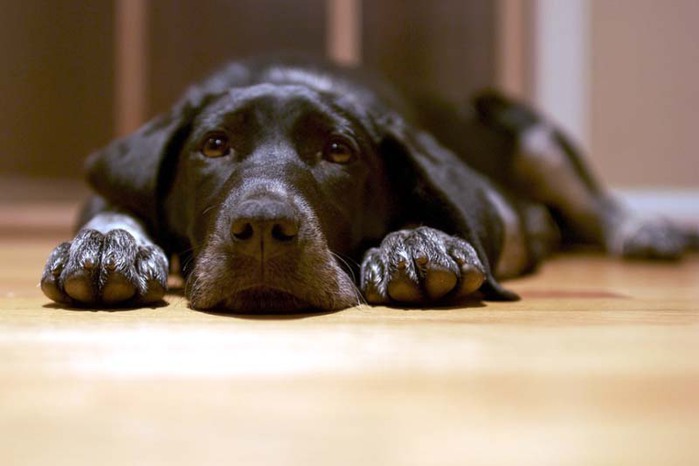
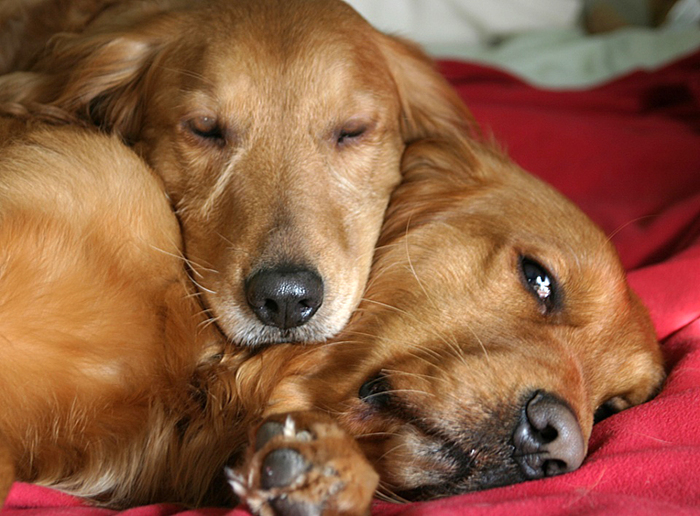
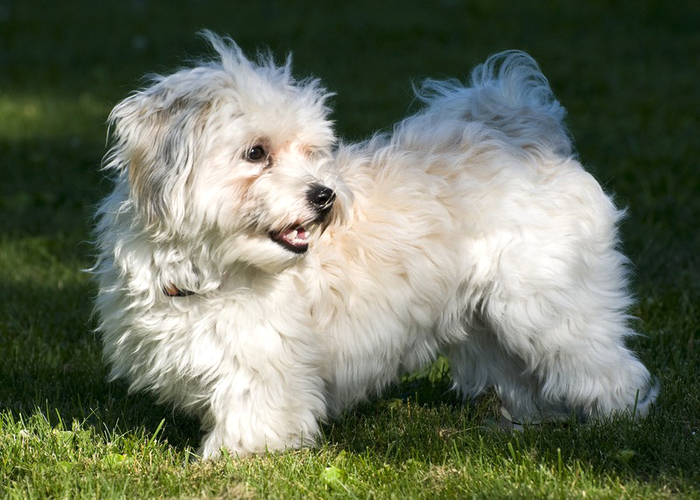
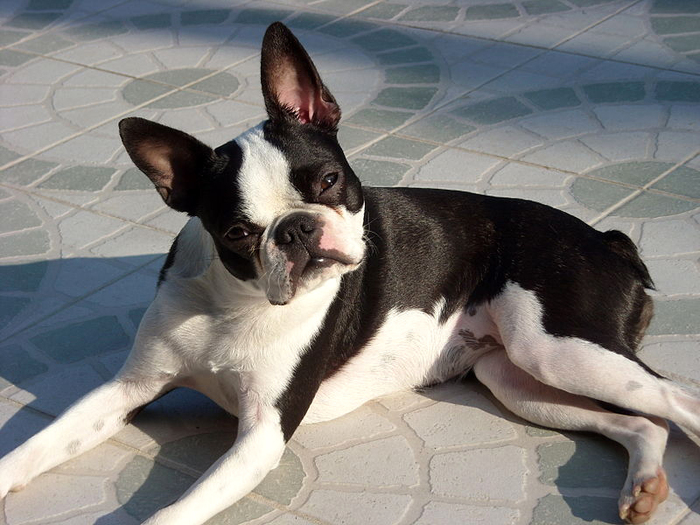
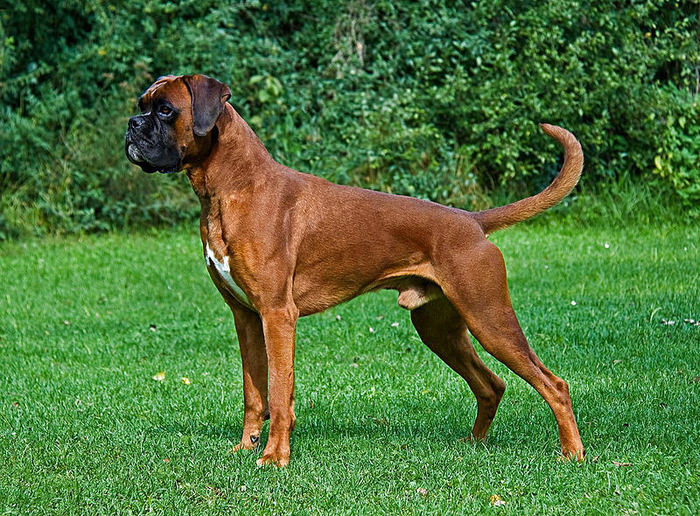
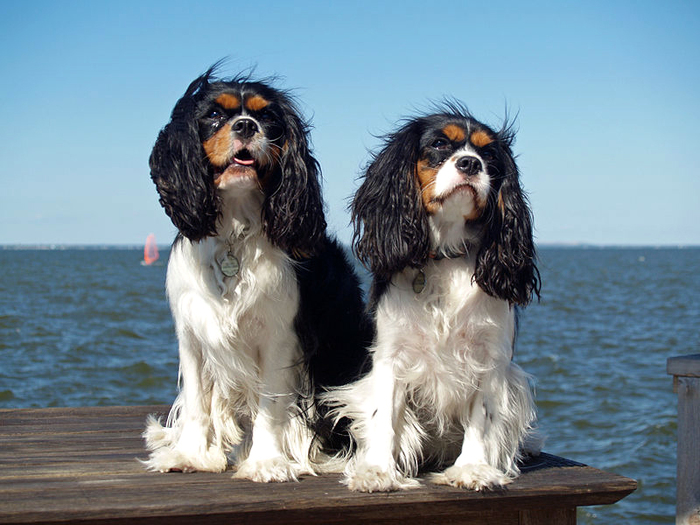

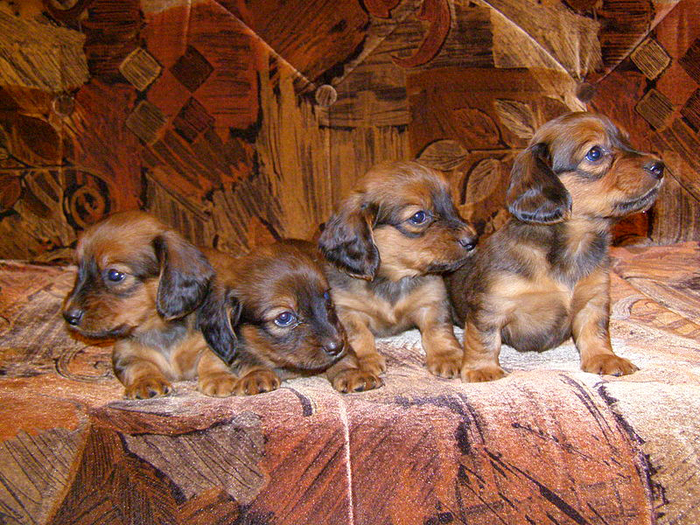
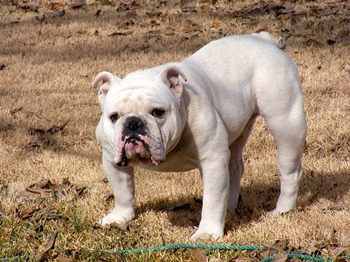
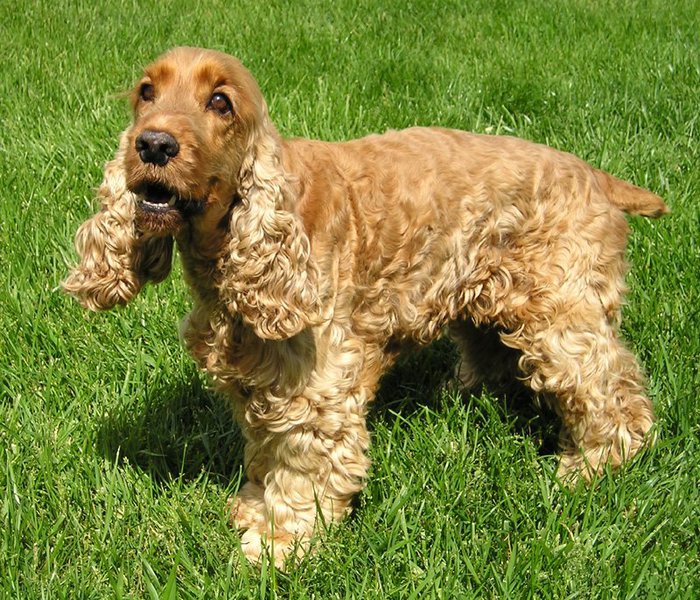
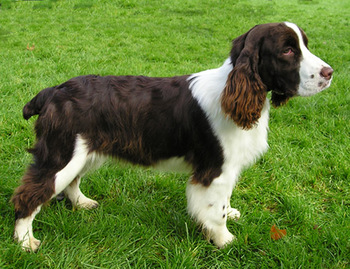
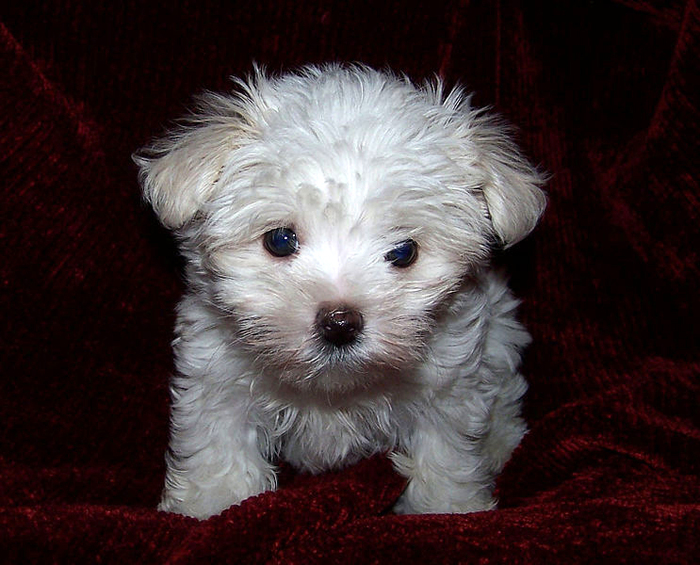
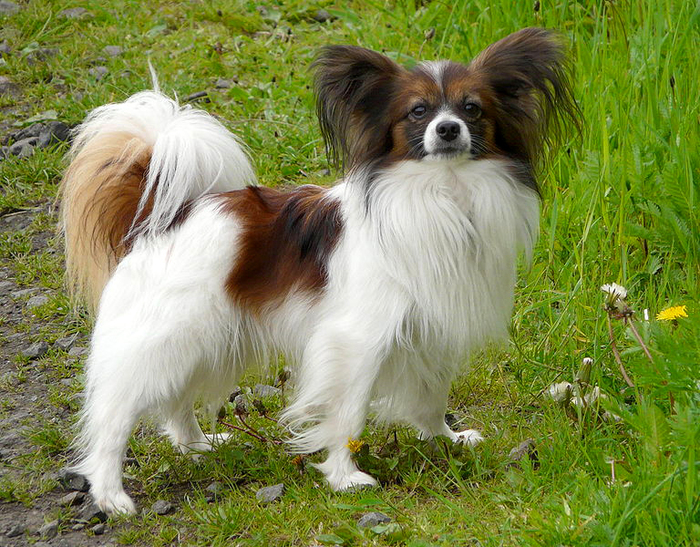
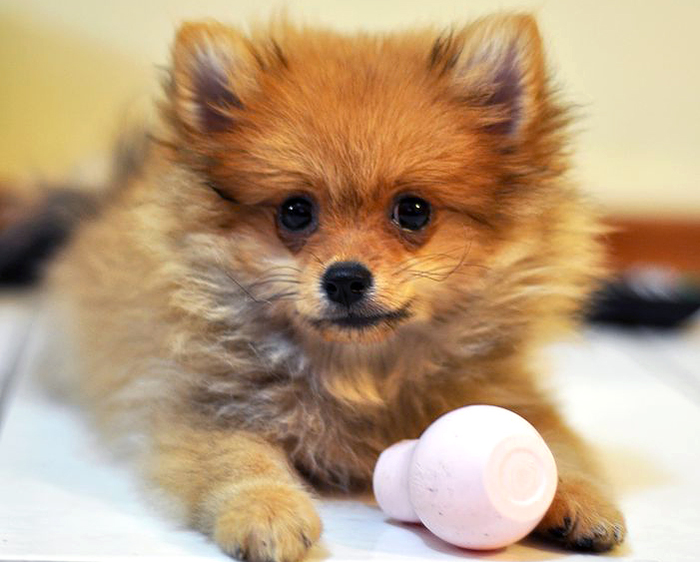
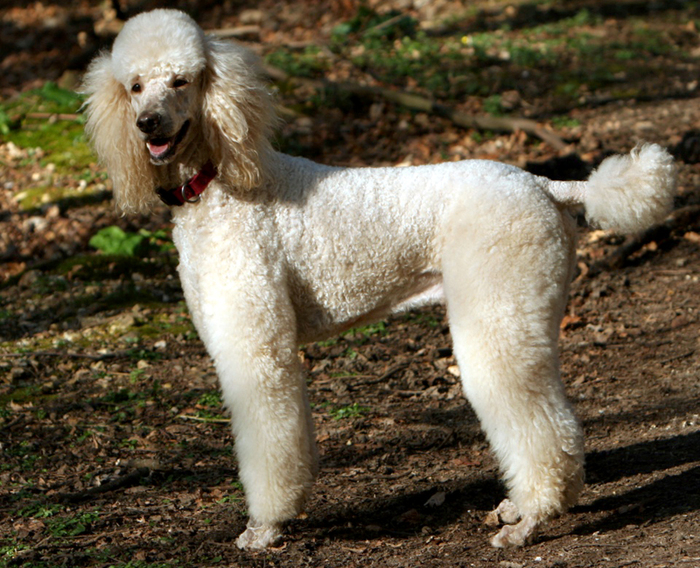
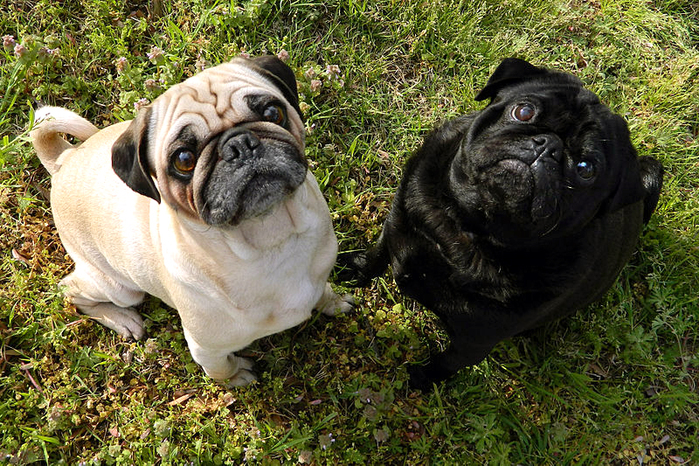
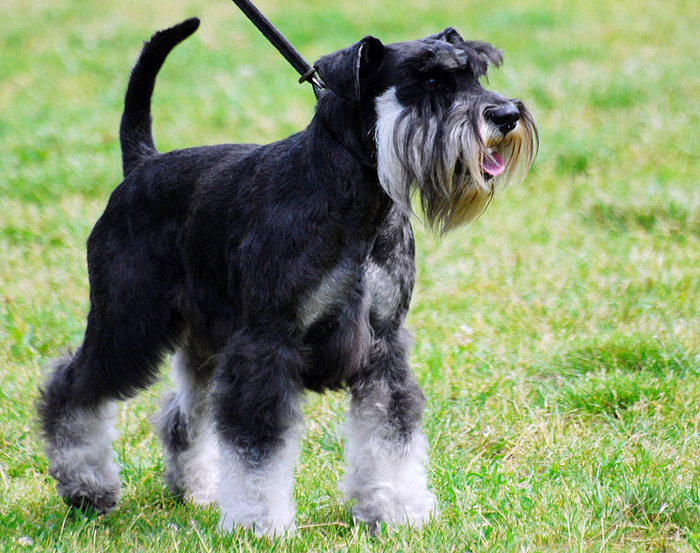
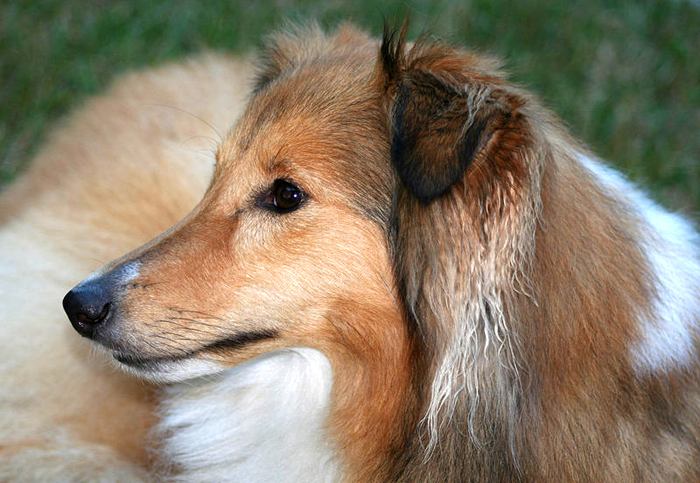
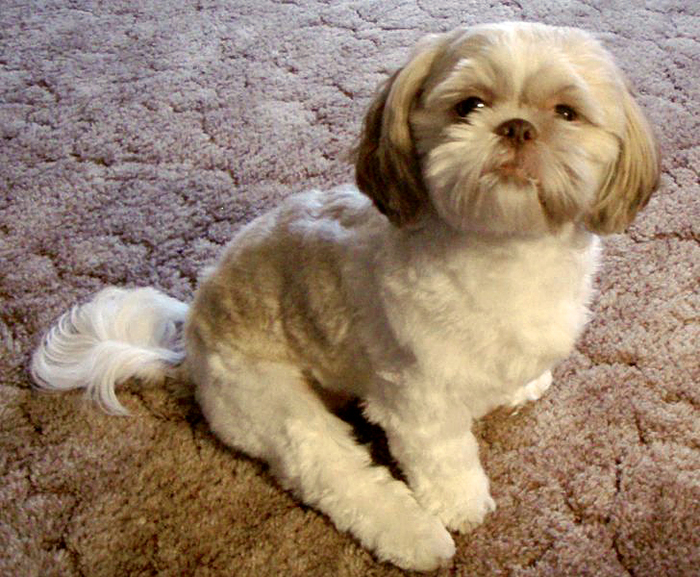
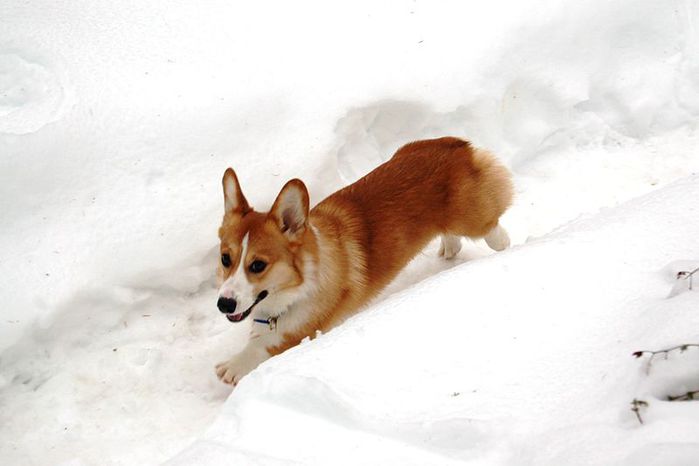
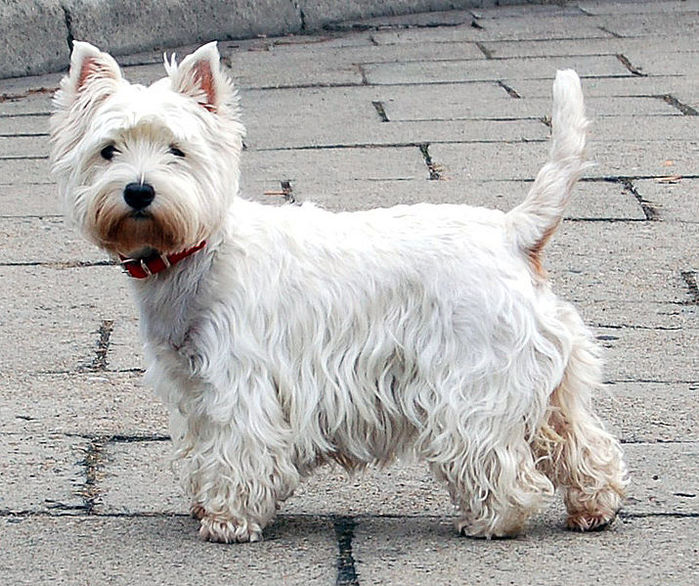
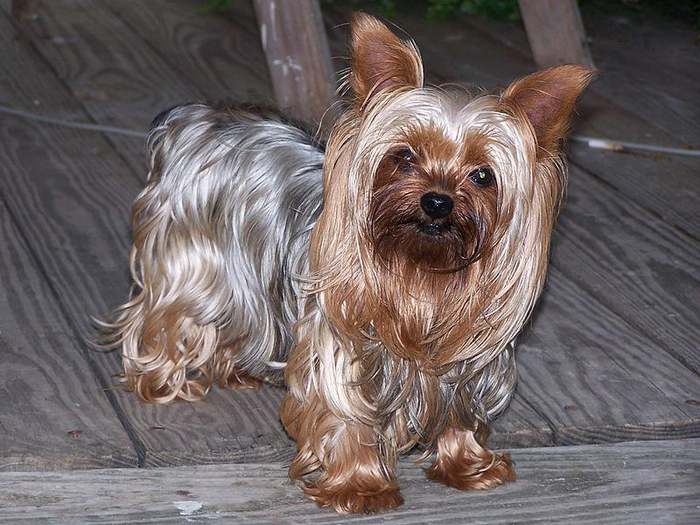
It would still be best if you could make more research about a particular dog you are interested in. Some dogs have behaviors that you must know and understand. If you cannot handle it well you better have an expert to ask about that breed of dog you want.
One of the challenges for dog owners who live in condos or apartments is providing their dogs the opportunity to exercise (run) regularly. All dogs need to run at least two times a day to control weight and maintain proper health.
One solution to this challenge is getting your dog a treadmill to exercise on. Specially engineered for dogs, they come in sizes that fit all breeds and are easy to operate. They don’t replace dog walks which are good for socializing and sniffing the surroundings. However, they do offer a reliable, economical alternative for those who do not have easy access to a dog running area or are just not physically capable of putting their dog through a running routine twice a day.
Ray Fisher
DogTrot Fitness Inc.